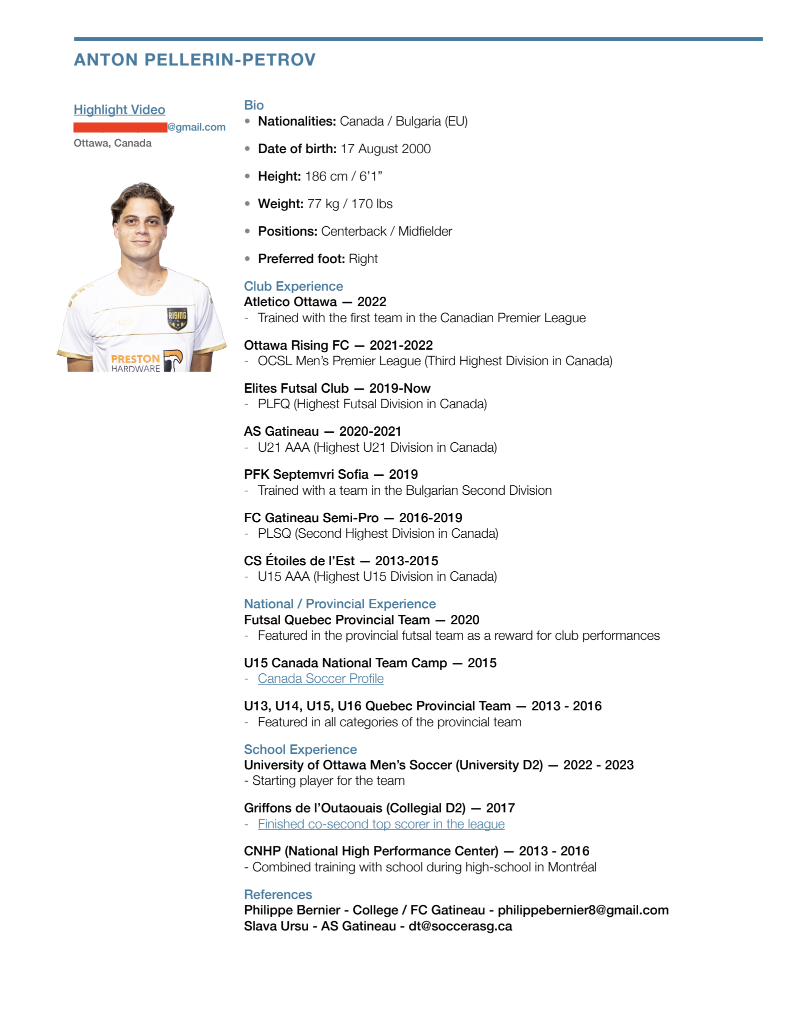Shipping fast helps your product grow in the right direction

TL;DR I built 3 software projects in 4-6 months or less. I'm telling you how I plan on building my next project, Fubolista, in 4 weeks. See progress.
It took me 6 months to build FreeFooty. 3 months for the iOS version and 2 months for the Android version.
Ottleti was built in 4 months. I built it with my friends and we built both iOS and Android at the same time.I built ilufy.io alone in 4 months alone.
I plan to build each of my future projects in 4 weeks.
Building a software project
Let's ignore that these projects were built on mornings, evenings and weekends due to working full-time jobs.
When building software, you start with an idea. Maybe you noticed a problem you're interested in solving (these are the best ideas).
Maybe you came up with the idea because of an opportunity you saw in advance. Or you thought you could build a better/cheaper version of a product.
These are respectively the reasons why I built the projects mentioned earlier. I will get into how those turned out another time.
Whatever your idea is, it dictates what you will be building.
Design and prototype
Designing means drawing and deciding what the product will look like and how it will behave when you interact with it.
Prototyping means building a cheap initial version you can show people.
Cheap is a key element here. You don't want to spend a year building something before realizing no one wants to use it.
But you still need to be able to share your idea and prototypes make that process easier.
If you know how to code, you can build an interactive prototype, but you should not spend more than a week on it.
If you don't write code, draw it on a computer or even paper. It does not need to be perfect but it needs to look good enough for you to explain your idea.
Should you start building?
The next obvious step is to build. This is where most developers (including myself) fall into a trap.
We get so excited by our own idea that we jump right into coding to turn it into reality. Some even skip the prototyping part (guilty again).
Part of the reason is because we think that sharing our idea with a prototype that doesn't fully work and doesn't look good will turn people off.
This is true, if your product is not needed, or if there is a better alternative.
Although people will understand it's work in progress. By talking to them, you will also understand what's good and what's bad with your idea.
This will save you precious time because you will get rid of the bad pieces of your idea instead of building them.
To be honest, talking to people is the part most developers struggle with because it's just easier to write code. I still struggle with it today.
But it's the most important part of the process.
Should you build every suggestion?
It is equally important to talk to the right people. I always speak to friends and family about my ideas. But they like me and want to see me succeed.
Chances are they will either tell me what I want to hear, or they will genuinely want to believe that my product idea is good when they would not be the ones using it.
This is a major trap. Because you will move forward with the project and those you built the product for may not care or need your product that badly.
This is why you need to talk to the people you are building your product for.
They are called your "target market". Your target market can be brutal because they don't know who you are and don't care about you the same way your friends and family do.
The more anonymous they are, the more honest they will be.
Who are your best advisors?
Easy: your potential clients. I discovered the power of Reddit while building ilufy.io. Reddit has communities called subreddits, which groups people based on a topic they care about. It is also anonymous.
I demonstrated my product on the r/augmentedreality subreddit to see what they would think. You need a tough skin when you put yourself out there.
But if you listen to what people are saying instead of how they are saying it, you will learn and improve.
I got some of the greatest feedback from people on Reddit. It's also where most of my clients came from.
Talking to potential clients doesn't need to happen after building a prototype. The best way is to do it early and constantly.
A prototype just makes it easier to show people what you're talking about.
How do you keep people engaged in your journey?
Start by sharing your story. Some people do what's called Building in Public.
It's an efficient way to build your brand while collecting early feedback to improve your product.
I haven't really tried it yet, but I'm taking small steps by starting this blog, which I intend to share later.
My main goal with this blog is personal though. I'd like to clarify my ideas, keep myself accountable, and be able to look back on what I did.
The blog is also open to those who are interested in following my thoughts, see what I'm doing, and how learn from my lessons.
Where do you find people who care? I think it depends. You also learn as you go. My biggest audience today is on LinkedIn, so I will be sharing there soon.
For the purposes of Fubolista, it is even more important to share the idea directly to aspiring professional soccer players.
Start building. Fast.
If you are looking to build a business, it's best to build the first version of your product the fastest way. Use tools you already know and avoid learning new tools.
It is another issue developers have. We love to try the shiny new tech that's available.
But your clients don't care about the tools you used to build your product. They only care about whether it is easy to use and whether it works as expected.
You can always re-build the product if it becomes successful.
On previous projects, I spent most of my time building things that ended up not being needed.
As a software engineer, I like to think about worst case scenarios and solve problems you only have once you've reached 100k users.
It's great knowledge and skills to have as an employee because the company you work for may have that many clients. But even they probaby didn't have as many clients on day 1.
None of my products were used by 100k users, so in hindsight, I wasted a lot of time.
I did learn a lot but I could've shipped more products much earlier and THEN made sure to reach 100k users before building for this use case.
Building Fubolista
Learning from these experiences, I decided the first thing I should do is to reach out to an aspiring professional soccer player and build a one-page website for them.
I chose my friend Anton because he's about to graduate from university and is at the beginning of his career.
He also has a player resumé, so it helped me build the website with real world data. This is week 1 and here is the prototype I created from Anton's player resumé.
Before

After
Much more engaging and interactive in my opinion. Each section of the page is linked to relevant content, and it presents Anton in a more professional manner. He seems to agree too!
Next time a recruiter asks him for his highlight video and/or player information, sharing a link to this website will save valuable time to all the parties involved.
That's until Anton joins a new club, makes a new highlight video, or needs to fix a mistake on his player resumé. For now, he'll have to reach out to me to make changes.
The same issue would occur if he had paid a web developer to build his website. It will cost time, effort, and money to Anton.
If Anton knows exactly what information he needs to update, it'd be easier if he could just do it himself. That's what I'm prototyping next.
Building an iOS app would give me an advantage over potential competition, but the fastest way I can prototype is to make a web version. That's what I'm working on next.